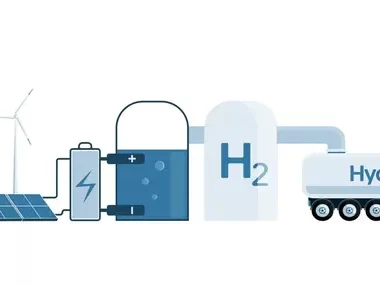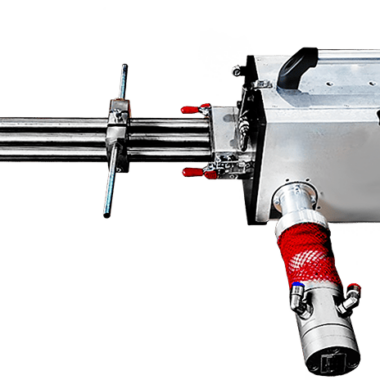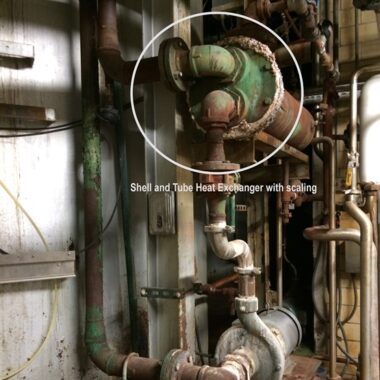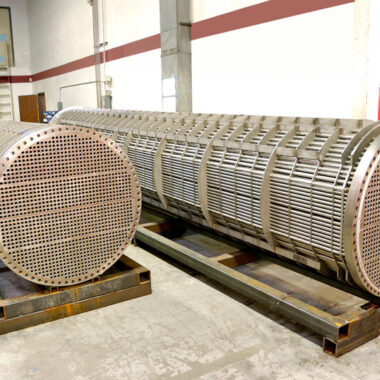Glycol Chiller Design
Glycol Chiller Design
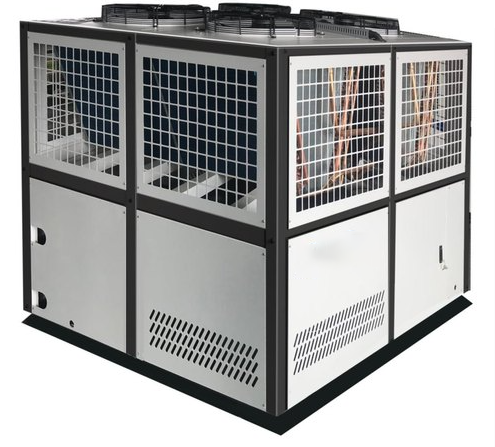
Glycol chiller Design – Systems with Closed Loop
Without any interaction with the outside environment, the coolant circulates continually. No water evaporates since the system is sealed, preventing water loss. The glycol coolant does not produce fouling or scaling and remains pure and uncontaminated. A closed-loop system is very strong and efficient.
Since they require less pumping power, closed-loop mechanism are less expensive to construct. Through tubing attached to the input and output parts of the chiller, the glycol coolant is pumped.
Heat Exchanger
Usually, the heat exchanger allows the glycol water coolant and refrigerant gas to exchange heat. Using the flowing glycol, the refrigerant’s heat is trapped and transferred out of the area being cooled. The heat exchanger and glycol pipelines are compact because glycol can remove more heat.
Glycol Chiller Pump
The low viscosity of glycol is the primary barrier inhibiting the use of powerful pumps to operate a glycol chiller. Accordingly their small size, glycol system pumps are an essential part of the system. They help circulate the glycol and maintain a constant cool temperature. Depending on the design of the chiller unit and the type of application, the cooling system may require more than one pump.
Compressor & Their Types
Basically, the compressor changes the refrigerant from low pressure, low temperature to high pressure, high temperature. Compressors come in many different varieties as Following,
- Centrifugal
- Diaphragm
- Screw
- Positive displacement
Condenser
The evaporator and compressor transferred heat from the chiller and condenser, respectively, to the condenser. Then the heat is transferred from the water to the area around the condenser. Afterwards, the temperature is discharged into the surrounding air.


